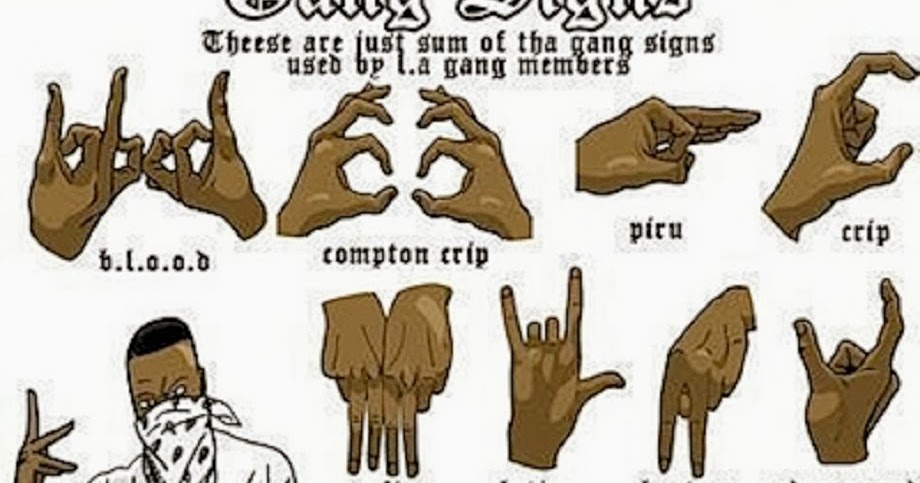The Complex Language of Hand Gestures: From Cultural Significance to Misinterpretation
The human hand is an incredible tool for communication. Beyond simple gestures like pointing or waving, we use our hands to emphasize points, express emotions, and even tell stories. But within this vast repertoire of hand movements, certain gestures carry more weight, often representing affiliation or even hostility. We're talking about the world of gang signs and hand signals that can be easily misconstrued as offensive.
The seemingly innocuous act of flashing a hand gesture can take on a whole new meaning depending on context, location, and audience. What might be a friendly greeting in one culture could be a grave insult in another. Similarly, a gesture adopted by a particular group as a symbol of unity might be interpreted as a sign of aggression by those outside the group. This is where the line between cultural expression and potentially dangerous signaling becomes blurred.
The consequences of misinterpreting or misusing these gestures can be severe. What starts as a simple misunderstanding can quickly escalate into conflict, violence, or even legal repercussions. This is particularly true for hand gestures associated with gangs, where the stakes are often high, and the margin for error is razor-thin. The potential for miscommunication highlights the importance of cultural sensitivity and the need for increased awareness about the complex language of hand gestures.
It's crucial to remember that while some hand gestures are universally understood, many others are deeply rooted in specific cultural or subcultural contexts. A seemingly harmless 'peace' sign, when flashed with the back of the hand facing outward, can be perceived as an insult in certain cultures. Similarly, seemingly meaningless handshakes or handclasps can hold significant meaning for specific groups, signifying anything from shared values to gang affiliation. This underscores the importance of understanding the nuances of non-verbal communication, especially in our increasingly interconnected world.
Navigating the minefield of potentially offensive hand gestures requires a blend of caution and awareness. It's not about eliminating all forms of non-verbal communication but rather about being mindful of the potential interpretations and consequences, particularly in unfamiliar situations or environments. Education and understanding are paramount to avoiding unintentional offense and promoting respectful interactions. By fostering open dialogue and promoting cultural sensitivity, we can strive to bridge the gap between different communities and promote a more inclusive and understanding society.
Advantages and Disadvantages of Hand Gestures
| Advantages | Disadvantages |
|---|---|
| Can enhance communication and expression. | Potential for misinterpretation and offense. |
| Can be a powerful tool for building community and identity. | Can be associated with negative stereotypes and prejudice. |
| Often transcend language barriers. | Can contribute to misunderstandings and conflict. |
While this article doesn't delve into specific examples of gang signs or potentially offensive hand gestures, it aims to provide a broader understanding of the complexities and potential pitfalls of non-verbal communication. Remember, knowledge is power, and understanding the cultural contexts of hand gestures can help us navigate a diverse world with greater sensitivity and respect.
The world of non-verbal communication, particularly involving hand gestures, is a complex and often misunderstood aspect of human interaction. By fostering cultural sensitivity, promoting open dialogue, and increasing our awareness of the potential pitfalls, we can strive for more meaningful and respectful communication in all aspects of our lives.
Epic tribe names a quest for the perfect title
Decode your trailer free vin number lookup guide
Deconstructing borax whats inside this curious compound














